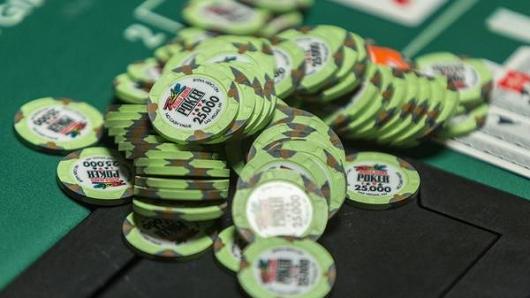
No one wants to leave money on the table by holding on to cash in their investment portfolio. Especially with the major stock market averages setting new records almost daily. But for the last week or so, it’s been tough for investors to avoid a thought of going to cash.
The bond market, though it actually ended its winning streak more than a year ago, is now being talked about more often by bond gurus like Bill Gross of Janus and Jeff Gundlach of DoubleLine Capital as entering a bear market. The 10-year Treasury, of which many market rates are benchmarked, reached its all-time low yield in July 2016. But it was last week that market legend Bill Miller said more money would start flowing into stocks as a result of investors bailing on bonds.
But a funny thing happened on the way to that call. Stocks fell on consecutive days this week due to, yes, the same rising interest rates. Some of the biggest stock market winners dropped $5 to $10 per share or more in just a day or two. Former Federal Reserve Chairman Alan Greenspan said on Wednesday that both stocks and bonds are in bubbles.
If you hear Kenny Rogers in The Gambler singing, “You got to know when to hold ’em, know when to fold ’em, know when to walk away,” you are not alone.
If interest rates are rising, which in turn drives both stocks and bonds lower, investors don’t have many options other than taking potentially even greater risks in commodities and foreign holdings.
Critical difference between cash and everything else
It’s time to reconsider cash. When I say this, I am speaking about a subtle but critical difference from other asset classes. Because with cash it’s not about a return on your money; it’s about return of your money.
Preservation of capital might not be the most exciting investment objective in the world, but it is a worthy one when the market is signaling that both stocks and bonds are overvalued.
“With cash it’s not about a return on your money; it’s about return of your money. Preservation of capital might not be the most exciting investment objective … but it is a worthy one when the market is signaling that both stocks and bonds are overvalued.”
The recent ZIRP (zero interest-rate policy) of the Federal Reserve turned boomers and seniors into aggressive risk takers, far beyond the risk-tolerance levels of what many of those who said, “Never again will I lose so much money in the stock market.”
And the fact is, stocks are stocks, regardless of whether or not they pay a dividend. In fact, it’s some of the “safer” sectors of the market with attractive dividends, like telecom and utilities, that have been its biggest dogs ever since the rates began rising more than a year ago.
Boomers, please listen up
Let me be clear: This message is really aimed at boomers that are in the market. If you are 29 years old or even 50, don’t worry about short-term noise and market fluctuations. I definitely don’t like what I see in the bond market right now, but that doesn’t mean I am forgoing the asset class altogether. And bear markets are a good thing for younger investors in the accumulation phase. As Warren Buffett says, If you think stocks are expensive now, just wait until you see how expensive they are in 20 years.
There’s always a case to be made for all investors to set some funds aside for a major purchase and a year’s worth of expenses. But it’s primarily older investors, who have a lower risk tolerance, who would be well served to remember to preserve a chunk of their gains — as much as 30 percent in cash for an investor 70 years old or older.
The epic battle in the stock market has two tag-team contenders.
In one corner, rising interest rates coupled with high valuations.
In the other corner, support for stocks in the form of buybacks yet to come, thanks to the recently enacted tax overhaul and stronger earnings and revenue growth.
These forces are incredibly powerful. But long-term, interest rates are the ultimate pricing mechanism for all assets. Based on the sudden rush higher in bond rates and the Fed becoming less dovish, even a little hawkish, I wouldn’t advise waiting much longer to figure out how much you may need to increase your cash allocation.
It doesn’t sound like much, but it is fairly easy to find money markets that pay 1 percent plus interest, which is a whole heck of a lot more than 18 months ago. In a year, based on current Fed Funds forecasts, we could see money market rates rise to 2.5 percent.
Don’t wait for your fellow investors to start running. As I like to say to my clients, I prefer we do things on our terms, not theirs.
























